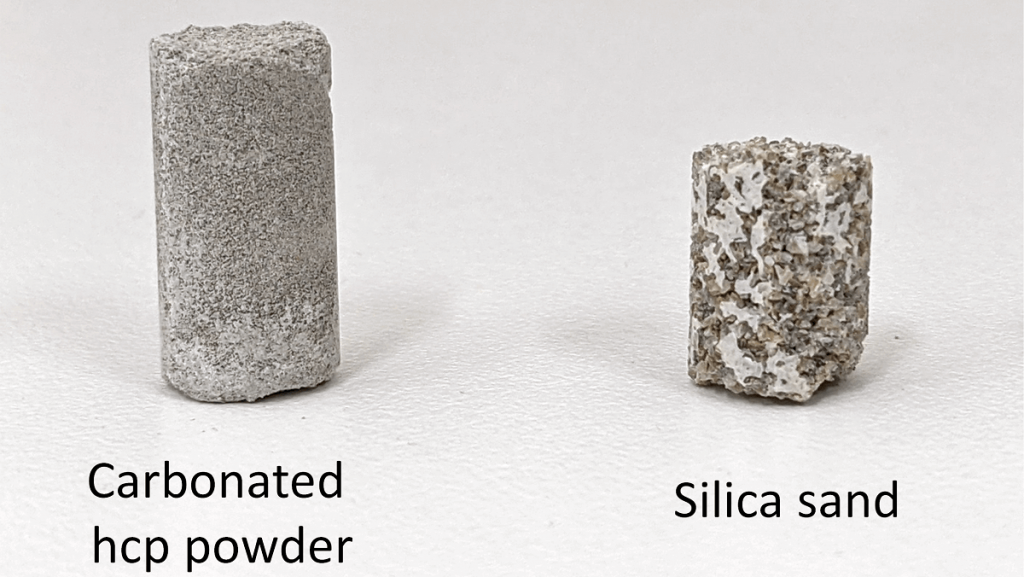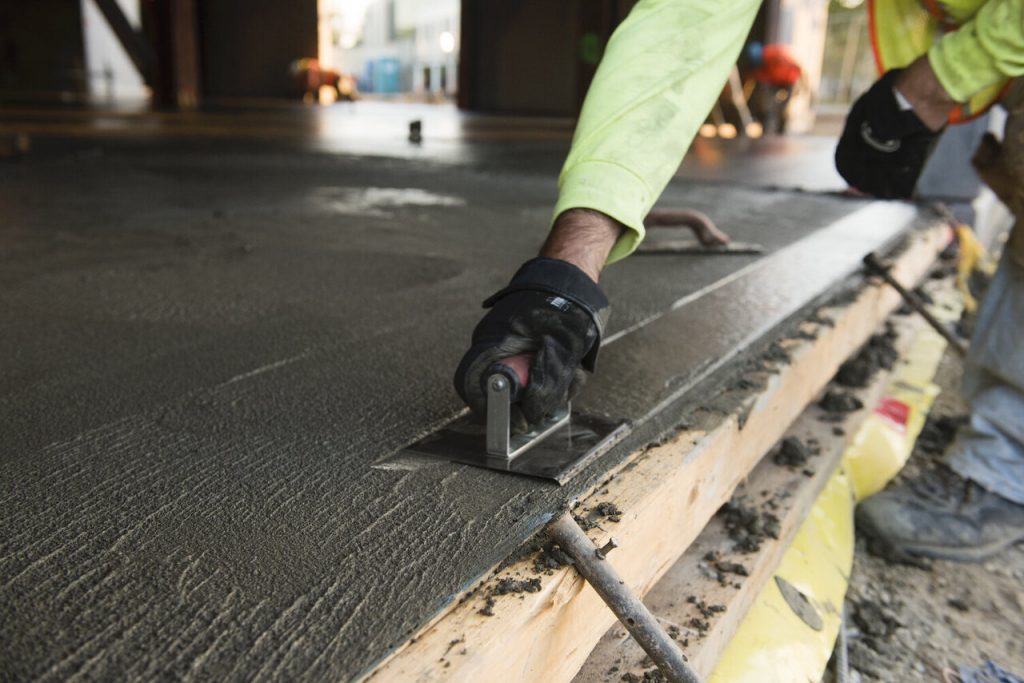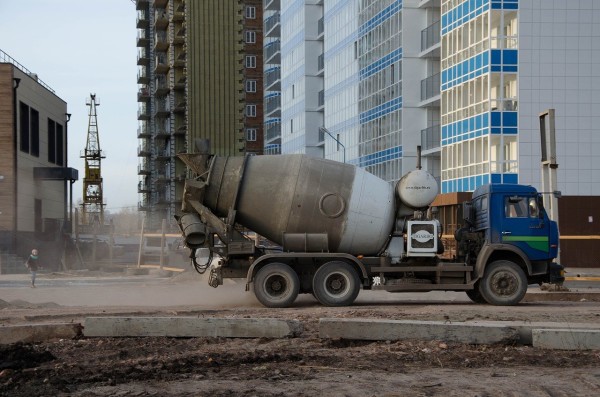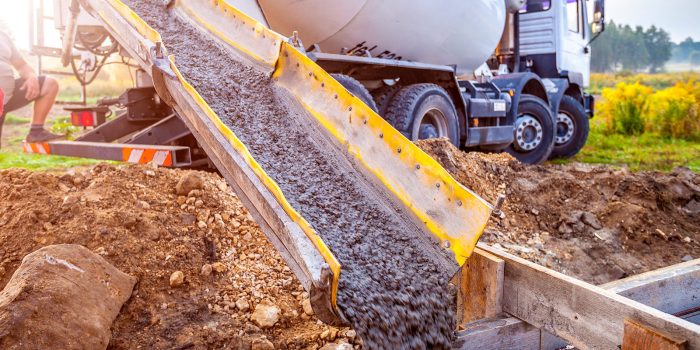Construction-related emissions could be reduced thanks to a new type of concrete. Calcium carbonate concrete is made by mixing waste concrete with carbon dioxide or industrial exhaust gases. It can be a future building material, particularly in areas with limited natural resources.
Concrete, a potent substance, is used to shape and strengthen every tall building on the planet. As a result, the concrete business has expanded dramatically. The manufacturing and use of cement, a central component of concrete, accounts for around 7% of global CO2 emissions. And a big part of this is related to the need for calcium, which is typically produced by the combustion of limestone.

Professor Ippei Maruyama of the University of Tokyo and project manager Professor Takafumi Noguchi of the Calcium Carbonate Circulation System for Construction revealed a new method of lowering pollution levels caused by concrete use. They discovered a unique way to blend abandoned concrete with collected carbon dioxide to create calcium carbonate concrete, a usable sort of concrete.
Maruyama wondered if the exact mechanism that generates hard calcium carbonate deposits from dead organic matter could be used after being intrigued by how some aquatic animals harden into fossils over time. Since calcium is necessary for the cement-water reaction in concrete production, Maruyama took advantage of the chance to investigate a less carbon-intensive method of doing the same task.

“Our concept is to acquire calcium from discarded concrete, which is otherwise going to waste,” said Maruyama. “We combine this with carbon dioxide from the industrial exhaust or even from the air. And we do this at much lower temperatures than those used to extract calcium from limestone at present.”
Building materials made on calcium carbonate are long-lasting. A significant advantage is the ability to recycle massive volumes of material and garbage. Calcium carbonate concrete, on the other hand, is not yet capable of substituting for traditional concrete. Although it is not as strong as conventional concrete, this would not be an issue in some construction projects, such as tiny homes. Only little blocks measuring a few centimetres in length have so far been produced.

“It is exciting to make progress in this area, but there are still many challenges to overcome,” said Noguchi. “As well as increasing the strength and size limits of calcium carbonate concrete, it would be even better if we could further reduce the energy use of the production process. However, we hope that in the coming decades, carbon-neutral calcium carbonate concrete will become the mainstream type of concrete and will be one of the solutions to climate change.”
Source: Tokyo University of Science


